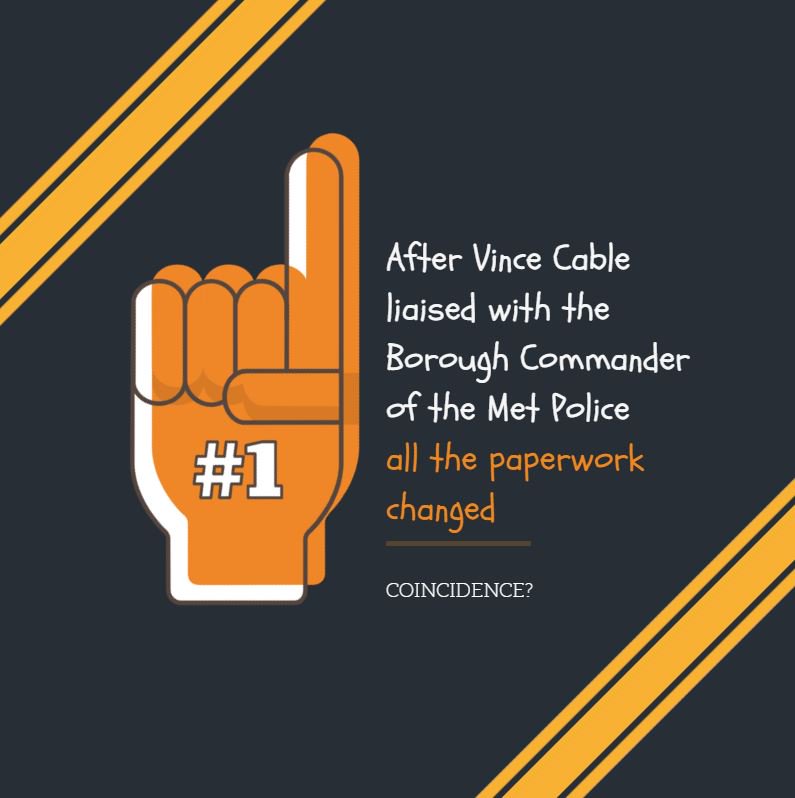Writer’s block can be a way of diagnosing that something’s gone wrong with a story. Four reactions: 1) drowsy: suddenly sleepy; 2) staring: how long can I look at the blank screen without putting words down; 3) restless: why am I suddenly in the kitchen?
Drowsy writer's block: your story is boring you. back up to the last point that excited you and make a different, more dynamic choice.
Staring writer's block: You don’t know what’s supposed to happen next. Think about what your character wants. What’s the smartest thing they can do with the materials in hand? If they’re not in hand, how do you get those materials in their hand?
Restless writer's block: Next scene is hard and you are trying to avoid writing it. Tense or complicated scene (e.g. fight scene). Set a timer for 15 minutes, do not stop writing. Gift your character with your uncertainty.
Dithering writer's block: You do not believe the scene you’re about to write. Either character’s internal motivation or that the scene doesn’t fit in the plot anymore. 1/2
Identify two areas of intention: character and authorial. Character: Why is the character is doing the thing? Author: What plot thing are you accomplishing by having them do the thing? 2/2
5th form of writer’s block: Depression. You hate writing. If all joy of writing is gone, switching stories doesn’t help, then the writer’s block is external to the story and you have to deal with that first. encourages you to talk to someone
Revision problems: Manuscript is just a tool used to communicate the perfect story in your head. When receiving critiques, figure out what parts of the critique get you to that perfect story. Four types: 1) d'oh 2) I see but.. 3) I disagree aka "NO", 4) WTF
D'oh critiques: something that you haven’t noticed, that you agree is a problem. Just fix it.
I see but... critiques: they’ve identified a problem with a story but it’s a different problem than they think it is. e.g. one very minor character is too interesting
I disagree aka "NO" critiques: May be an outlier and it may bother them and no one else. If more than one, it may be a bigger issue.
If using a sensitivity reader and they disagree: they are right. It’s hard for someone to tell you that your baby is ugly and most people, even if they have a problem with it, will say nothing.
WTF critiques: Ask them why they had that reaction and what point in the text gave them that realization.
If you get a lot of critiques that make you go “NO” and “WTF” (and are calm/not fatigued) : You may not be telling the story that you want to be telling. Make sure to identify why they are having that response. Try not to ask leading questions.
Implementing:
- if it’s a few lines fix (e.g. character name)
- if a longer problem, may have cascading impacts, make notes to yourself but don’t fix immediately. Often the easiest thing is to cut
- pay attention to types of writer’s block to see how to fix
Reader reactions: this is awesome! Bored. Confused. Disbelief. Let's break one down.
Awesome reader reactions: they are excited about the things you’re doing. Leave them alone… unless they’re pulling your story out of alignment. e.g. something is looking like a promise but it’s not. These are they darlings you kill
Bored reader reactions: pacing issue. tighten the prose or increase the urgency. 4 solutions: 1) Tighten prose: 10% solution, cut. 1/4
Tighten prose with: 2) one sentence per concept. Usually in infodumps, highlight the areas without which the stories will collapse. if 3 concepts in 3 paragraphs: allowed 3 sentences with 1 for tone. Use sparingly. 2/4
Combat boredom with: 4) physicality: we tend to mirror people, manipulate that in reader, e.g. back tensing, heart racing, gripped the table. Some voluntary action, then reader will mirror it 4/4
Confused reader reaction: order of information is wrong. If it’s not in the text, or if the reader missed the information. You have probably put it in the wrong place. If you want the reader to be confused, the info should be right after they are confused
Confused reader reaction: Put information at the end of a paragraph to emphasize it. May need to state it more than once.
How do you know how much confusion is too much? build trust: raise questions and immediately answer them and then don’t answer one. Have your viewpoint character be confused.
Disbelief reader reaction: violation of their world, either physical or metaphysical. Physical "wouldn't survive a fall from a 13 storey building", Metaphysical "the character wouldn't do that".
Physical disbelief: wouldn’t survive a fall out of a 13 storey window. If intentional: treat like confusion reader reaction, fix their expectations of the world. If not: may be a plot problem. Stay tuned.
Metaphysical disbelief: I don’t believe the character would do that. There’s a change in character motivations that hasn’t been signposted. Tools: Free indirect speech, paragraphing (already discussed), focus and breath/rhythm
Focus: what your character focuses on is what is important. The ordering of the words in the sentence. Breath/rhythm: emotion. The speed indicates emotion. Short sentences have a rapid breath pattern. Long sentences without punctuation also indicate urgency
Combatting reader disbelief: Combining focus and breath allows you to indicate character changes. You have invest as much time into showing changes as setting up initial traits.
Plot problems: suck. Two categories of plot problems. Either with the way the story starts and stops, or pieces in the middle. Three general kinds: Dull, Raised one question and answered another, Plot holes.
Dull plots can be addressed with the pacing suggestions above. Raising one question and answering another can be explained with the MICE quotient. Handy infographic writingexcuses.com/2017/08/06/12-…
When you have an unsatisfying ending it often means that your opening and closing MICE quotients are out of order.
Plot holes: if you know the type of conflict your character is facing, you can work around it with different tools, e.g : yes but/no and figuring out if something is a complication or an obstacle (spoiler alert for the next season of @WritingExcuses )
complication vs. obstacle: obstacle is something that gets in the way of the character while they’re move through to the end. Complication is something that spins the story onto another thread, raises another question or introduces another aspect of story












